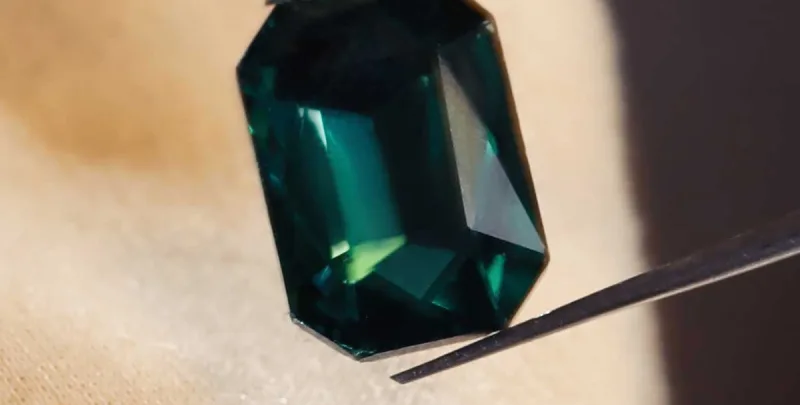Gemstone of the peoples
Turquoise is one of the world’s most ancient and internationally celebrated gems, often referred to as the ‘gemstone of the peoples’. This is in no small part thanks to the stone’s striking sky-blue colour, which holds an almost universal appeal among men and women alike. Indeed, turquoise was recently named Pantone’s Colour of the Year, and is considered both warming, cooling, calming and invigorating in equal measures.
A long history of adoration
Archaeological discoveries show that the Ancient Egyptians first began mining the stone in the First Dynasty, when turquoise became associated with Hathor; the goddess of sky, love, beauty, joy, motherhood, foreign lands, music and fertility. Large amounts were famously discovered in the tomb of Tutankhamun, most notably inlaid within the resplendent decoration of the pharaoh’s iconic burial mask, which is today on display in Cairo Museum.
Turquoise was also popularly used to decorate Egyptian rings and great sweeping necklaces, known as ‘pectorals’, often set within gold or offset by the equally intense blue of lapis lazuli. Indeed the stone was so popular among the Egyptians that it is believed to be the first gem to have been artificially imitated, using an artificial glazed ceramic product known as faience.
Beyond borders
Turquoise was also hugely popular among the Aztecs, Persians, Mesopotamians and people of the Indus Valley. Chinese artisans first began carving turquoise over 3,000 years ago, during the Shang Dynasty; and the stone continues to play an important role within Native American culture today.
By comparison, turquoise entered European culture relatively late, first arriving along with other Silk Road novelties from Turkey in the 14th century. It is this Turkish origin that earned the stone its name, which comes from comes from the French expression ‘pierre tourques’, or ‘Turkish stone’.
A national treasure
Today, the December birthstone has been seen adorning stars such as Salma Hayek, Heidi Klum, Scarlet Johansson, Megan Fox, Blake Lively, Sarah Jessica Parker and Eva Mendes.
It hit the headlines after a gold and turquoise ring belonging to the 19th century English author, Jane Austen, was sold at auction for over £150,000 – more than five times its estimate – in 2012 by Sotheby’s. The piece was bought by the American Pop Idol winner, Kelly Clarkson, but prevented from leaving the country after the Culture Minister of the time, Ed Vaizey, intervened with an import ban in an attempt to save the national treasure.
The ring is now on permanent display in the Jane Austen House Museum in Hampshire after the success of the ‘Bring the Ring Home’ campaign launched by the museum, which saw generous donations flooding in from around the world.
Take care
Being a phosphate, turquoise is inherently fragile and sensitive to solvents; perfume and other cosmetics will attack the finish and may alter the colour. Even prolonged exposure to sunlight can have harmful effects. However, while great care should be taken when wearing, cleaning and storing your turquoise jewellery, this cannot protect against the perils of loss or theft.
Which is why, as with all precious jewellery, it’s worth taking the further precaution of arranging specialist insurance cover, such as provided by Assetsure.

























